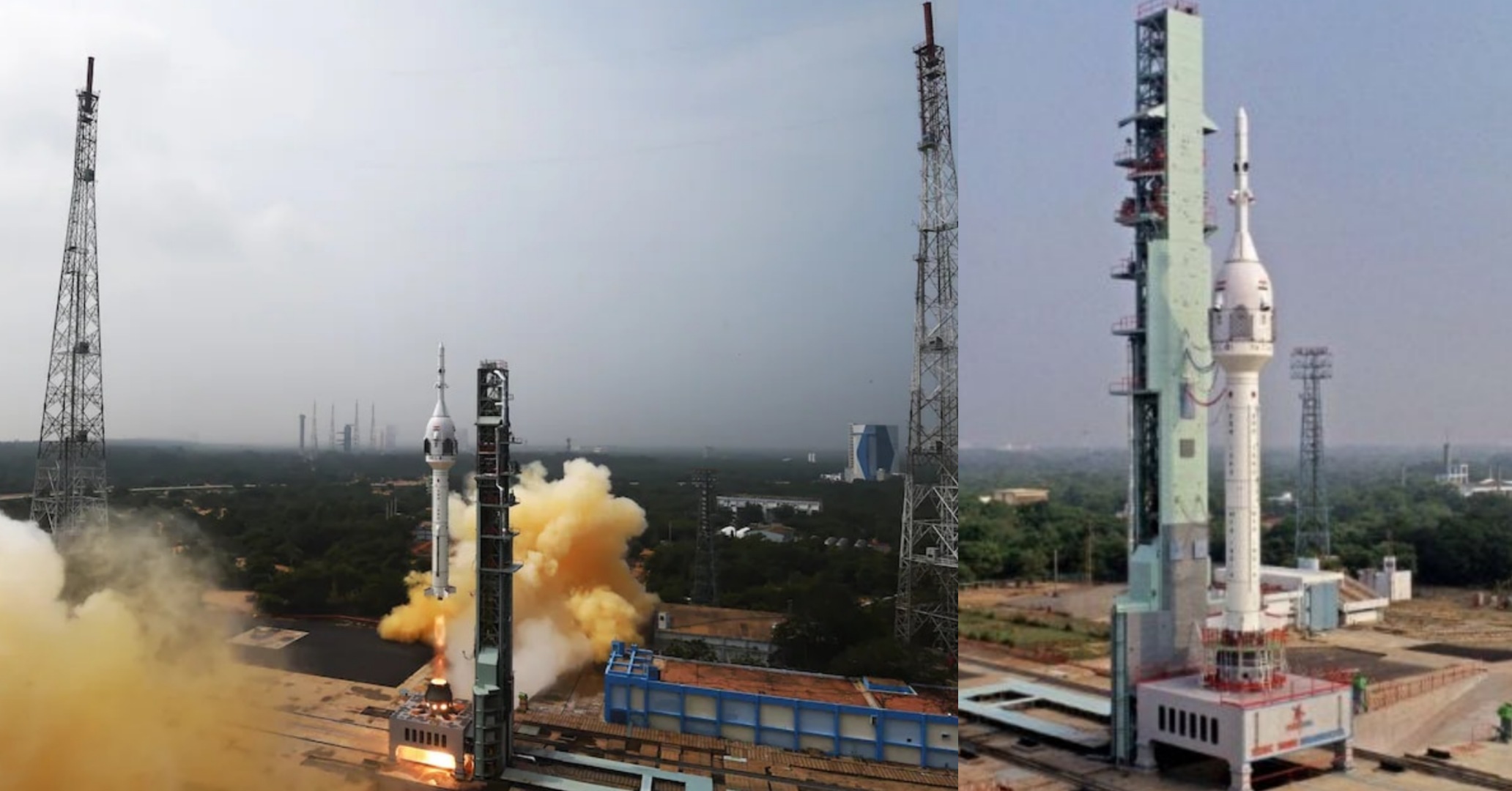
Indian Space Research Organisation (ISRO) Chairman S Somanath announced the successful completion of ‘TV-D1’ (Test Vehicle Development Flight 1) in the Gaganyaan Mission. This milestone followed a second launch attempt after an earlier engine ignition issue at 8:45 am IST. The launch of the first uncrewed test flight (TV-D1 Flight Test) was briefly aborted, but ISRO identified and corrected the errors, rescheduling the second launch for 10:00 am IST.
Chairman S Somanath stated, “I am very pleased to announce the successful execution of the TV-D1 mission. The objective of this mission was to demonstrate the crew escape system for the Gaganyaan program. The test vehicle reached a Mach number slightly above the speed of sound and initiated an abort condition for the crew escape system to activate.”
“The crew escape system separated the crew module from the vehicle, and subsequent operations, including the sea touchdown, were executed successfully. We have confirmed the data for all of these events,” he added.
ISRO Chief S Somanath congratulated the scientists after the crew escape module’s successful touchdown.
Mission Director S Sivakumar commented on the occasion, “This was an unprecedented attempt, comprising a bouquet of three integrated experiments. We have successfully demonstrated the characteristics of all three systems as intended by this mission. The test vehicle, the crew escape system, and the crew module all performed admirably in the first attempt. It was a remarkable achievement.”
“For the past 3 to 4 years, we have dedicated ourselves to this mission, and today was the culmination. We are delighted to have succeeded on the very first attempt,” he added.
The TV-D1 launch focused on demonstrating the performance of the Crew Escape System as part of the Gaganyaan mission.
The mission objectives included evaluating Test Vehicle subsystems, testing the Crew Escape System, assessing crew module characteristics, and demonstrating the deceleration system at higher altitudes and recovery.
The Test Vehicle is a single-stage liquid rocket designed for this abort mission. It carried payloads such as the Crew Module (CM), Crew Escape Systems (CES) with fast-acting solid motors, Crew Module Fairing (CMF), and Interface Adapters. This flight simulated the abort condition during the ascent trajectory, corresponding to a Mach number of 1.2, in line with the Gaganyaan mission.
This achievement marks a significant step in India’s efforts to demonstrate the possibility of human spaceflight. The Gaganyaan project aims to showcase human spaceflight capabilities by launching a crew of three members into a 400km orbit for a 3-day mission and ensuring their safe return to Earth by landing in Indian waters.
